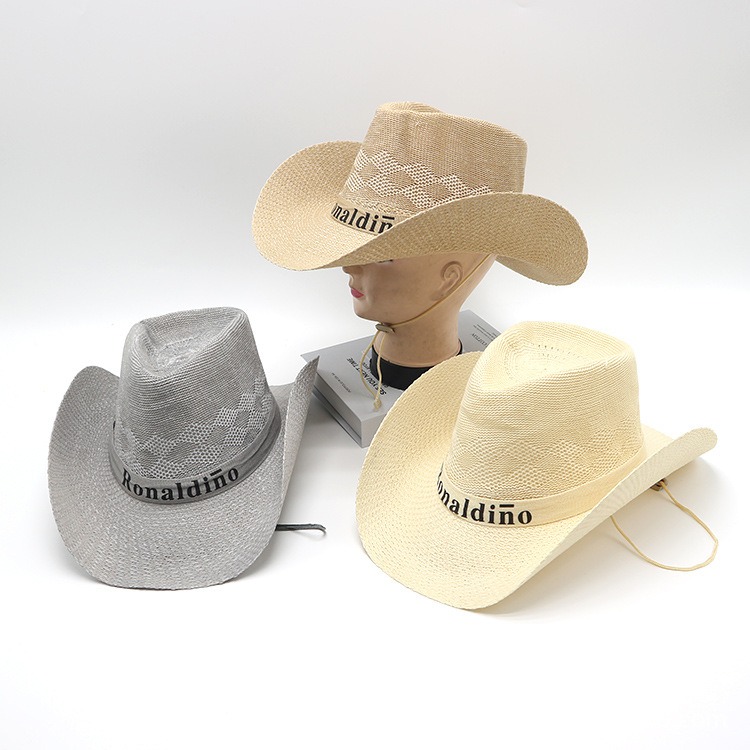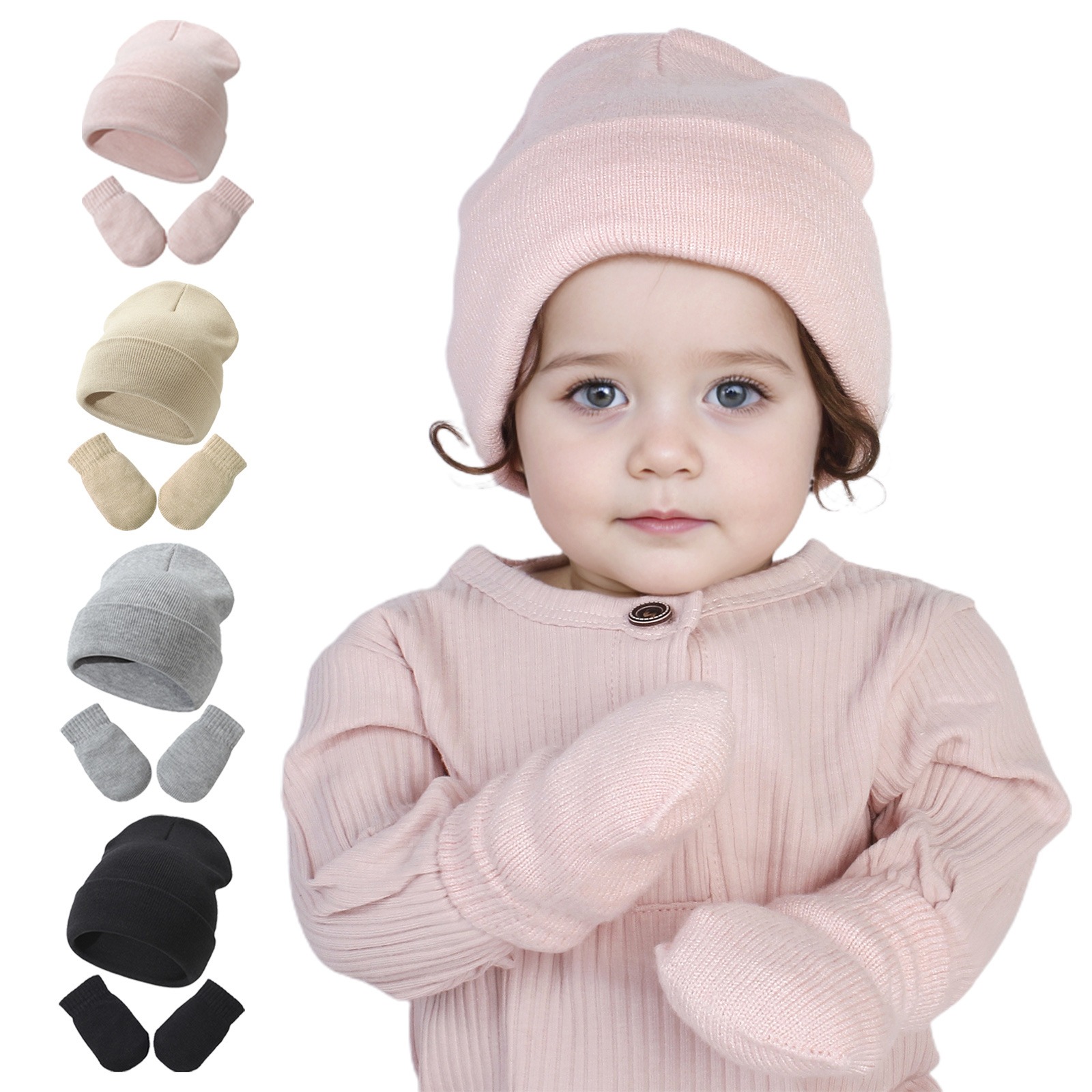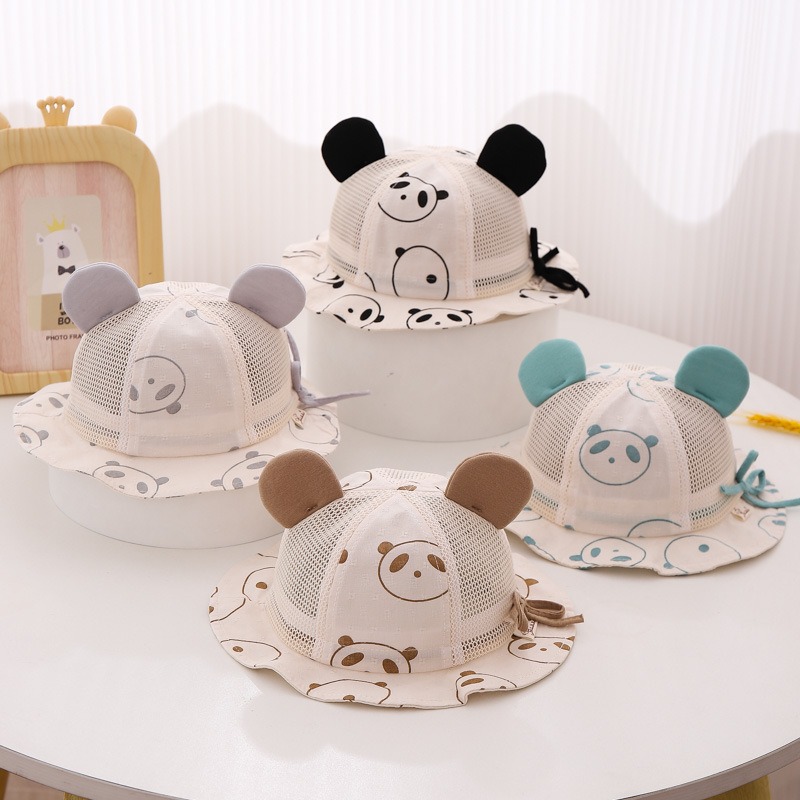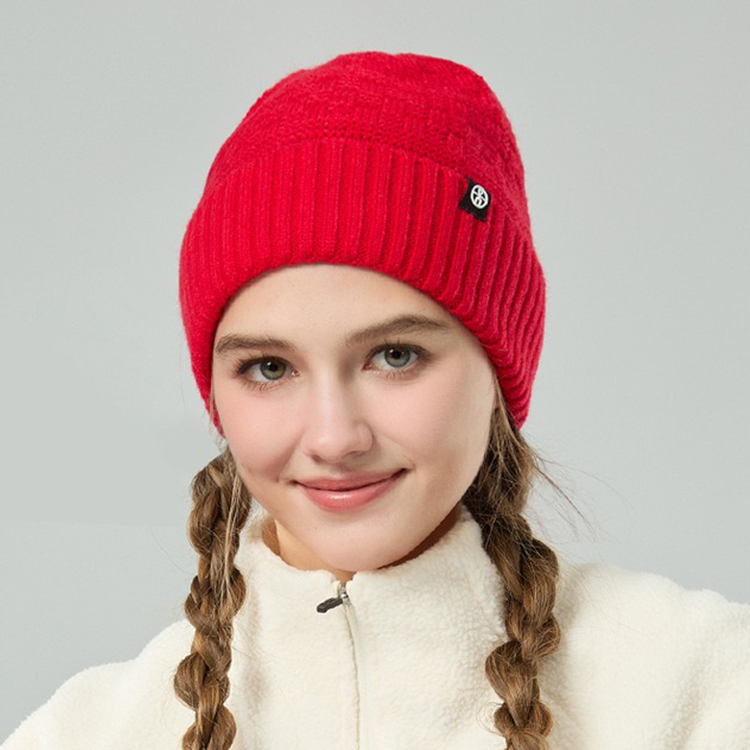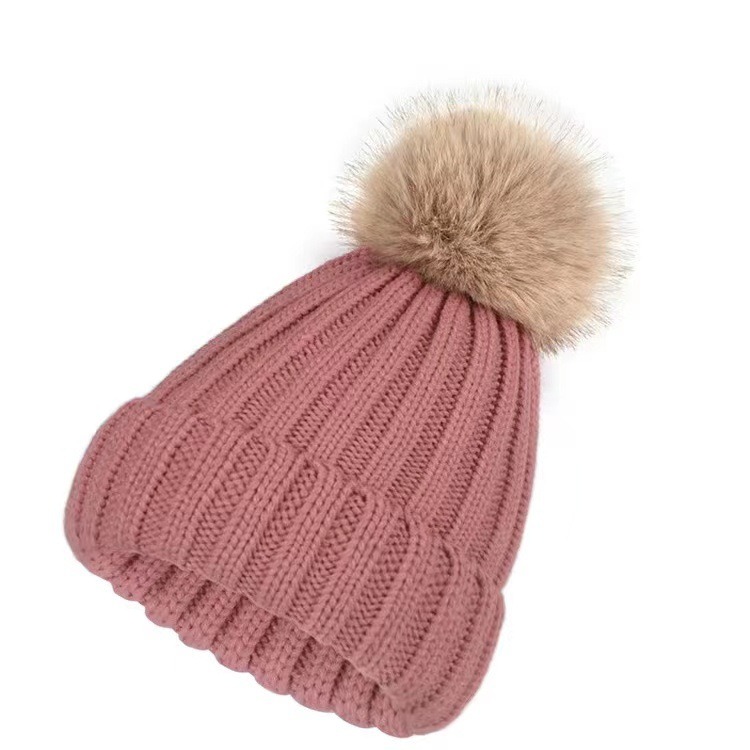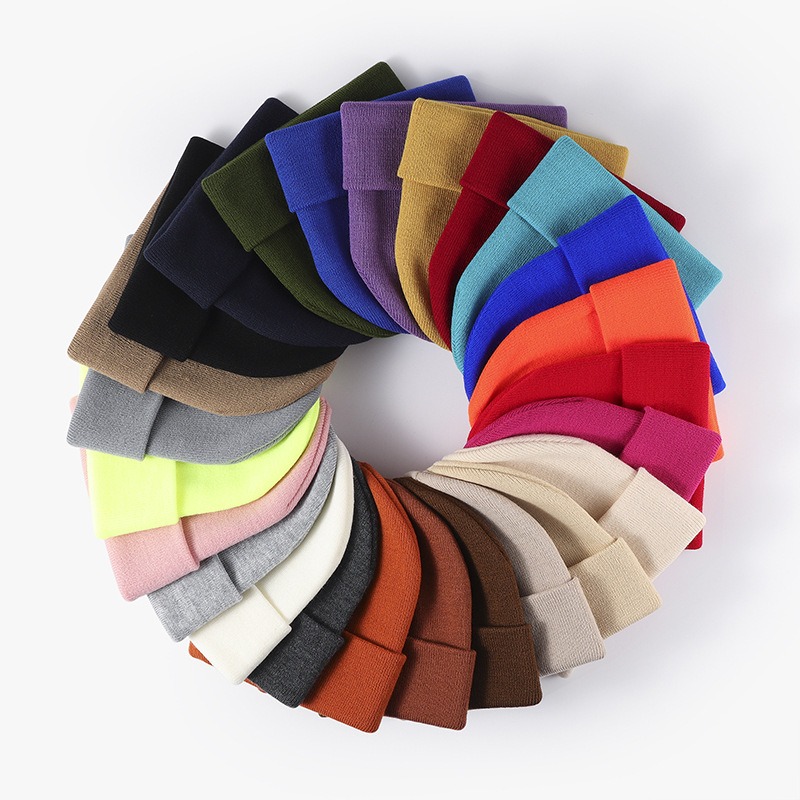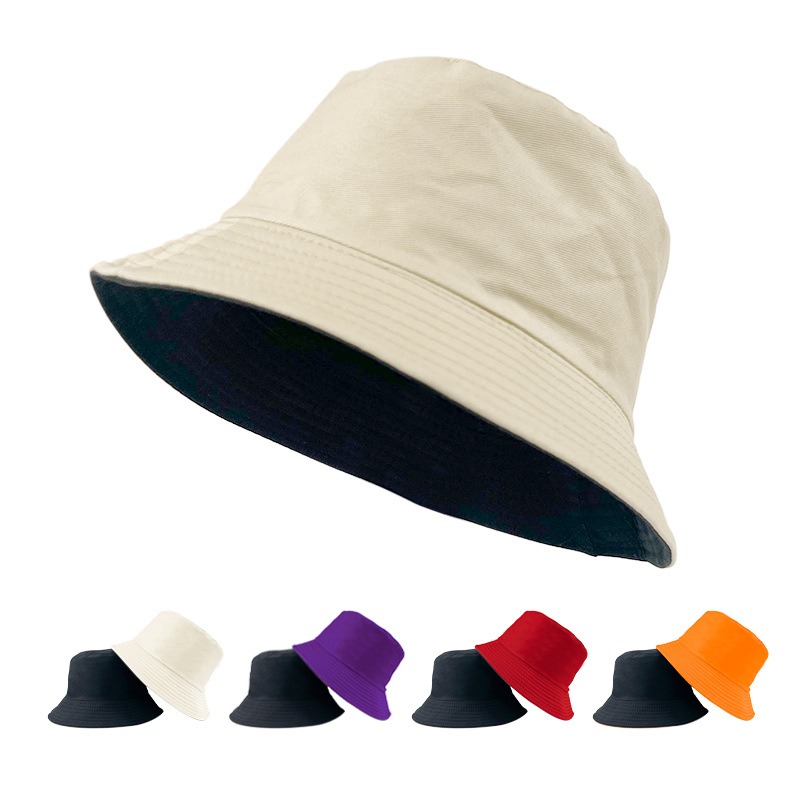When it comes to hats, we naturally think of the United Kingdom—a country with strict dress codes. This nation is particularly particular about hats, which are far more than just simple headwear.
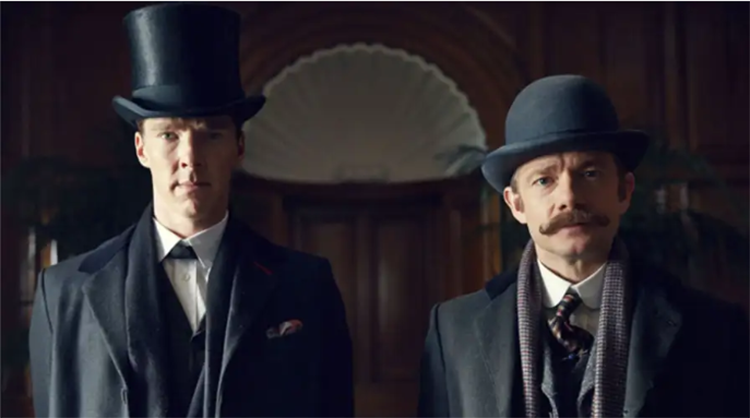
Hats and Traditional Culture
The British obsession with hats is deeply rooted in tradition. For British women, hats were originally a symbol of social status, a cultural practice that once spread across Europe but has only been preserved in the UK. In the early 20th century, it was considered extremely impolite for women, especially those of high social standing, to appear in public without a hat. Hair was regarded as a private part of the body, to be revealed only at home, and even then, it had to be neatly tied up. Loose, flowing hair was only acceptable in the bedroom.
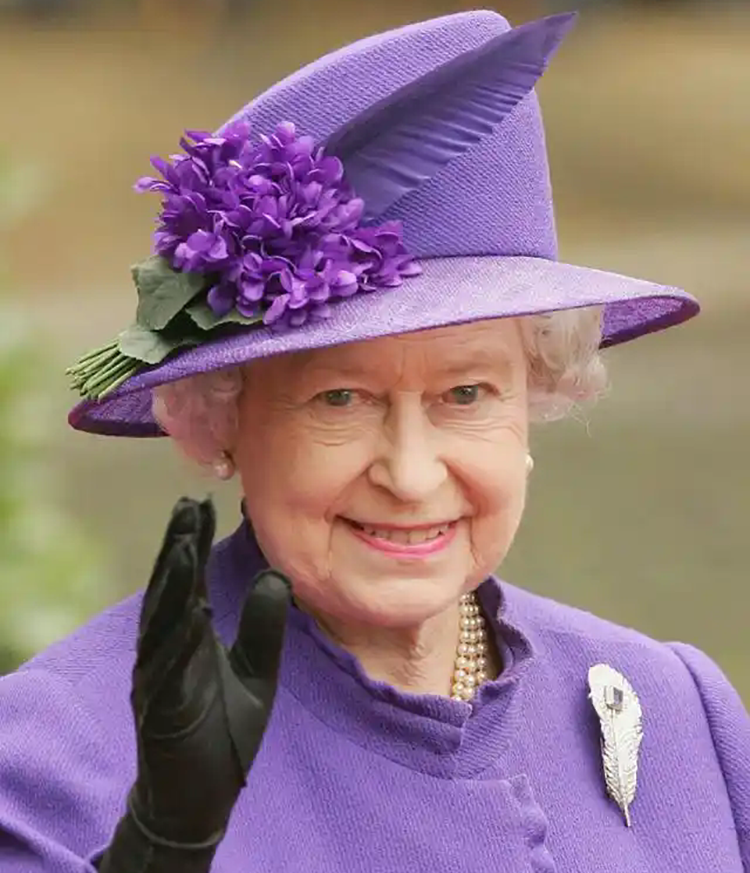
A hat was not only an essential accessory for a lady’s attire but also a symbol of social status according to aristocratic traditions. While working-class women were less with concerned the style of their hats, noblewomen often agonized over choosing the perfect one.
Hats and the Weather
The British penchant for hats is also related to the weather. As an island nation, the UK has a humid climate with frequent, light rain that can catch you off guard. The sun, when it does shine, can be quite strong, quickly tanning the skin. The simplest solution to these weather conditions is to wear a hat. Additionally, in the cold and gloomy British winters, hats serve as a practical way to keep warm.
Hats and Social Etiquette
In social settings, hats play a significant role in etiquette. Men are expected to remove their hats to show respect. For example, if you encounter someone you know from a distance and cannot greet them with a handshake, you can tip your hat and nod slightly. Hats should also be removed when being introduced to someone, saying goodbye, greeting friends, or conversing with ladies, elders, or superiors. When apologizing to an unfamiliar lady, receiving thanks from a stranger, or when a stranger apologizes to a lady accompanying you, you can lift or tap your hat as a gesture of politeness.
In more formal situations, such as attending important gatherings, men are required to remove their hats. When entering indoor spaces, it is polite for men to take off their hats. In theaters and cinemas, hats should be removed to avoid blocking the view of those seated behind. In venues where hats are to be removed, there are usually staff members responsible for storing them, so remember to tip when retrieving your hat.
Hats and Fashion
Hats are also a significant part of British fashion. Trendy young men particularly favor soft felt hats for their unique style and ability to showcase personal charm. Distinguished older gentlemen often complete their look with a stylish top hat. Even school uniforms include hats. In London’s major department stores, hat counters are among the most popular spots. These counters display a wide variety of hats—some adorned with veils, others with feathers, some small enough to fit in the palm of your hand, and others large enough to cover half the face. The different styles and ways of wearing hats reflect varying degrees of confidence, experiences, and personal histories.


